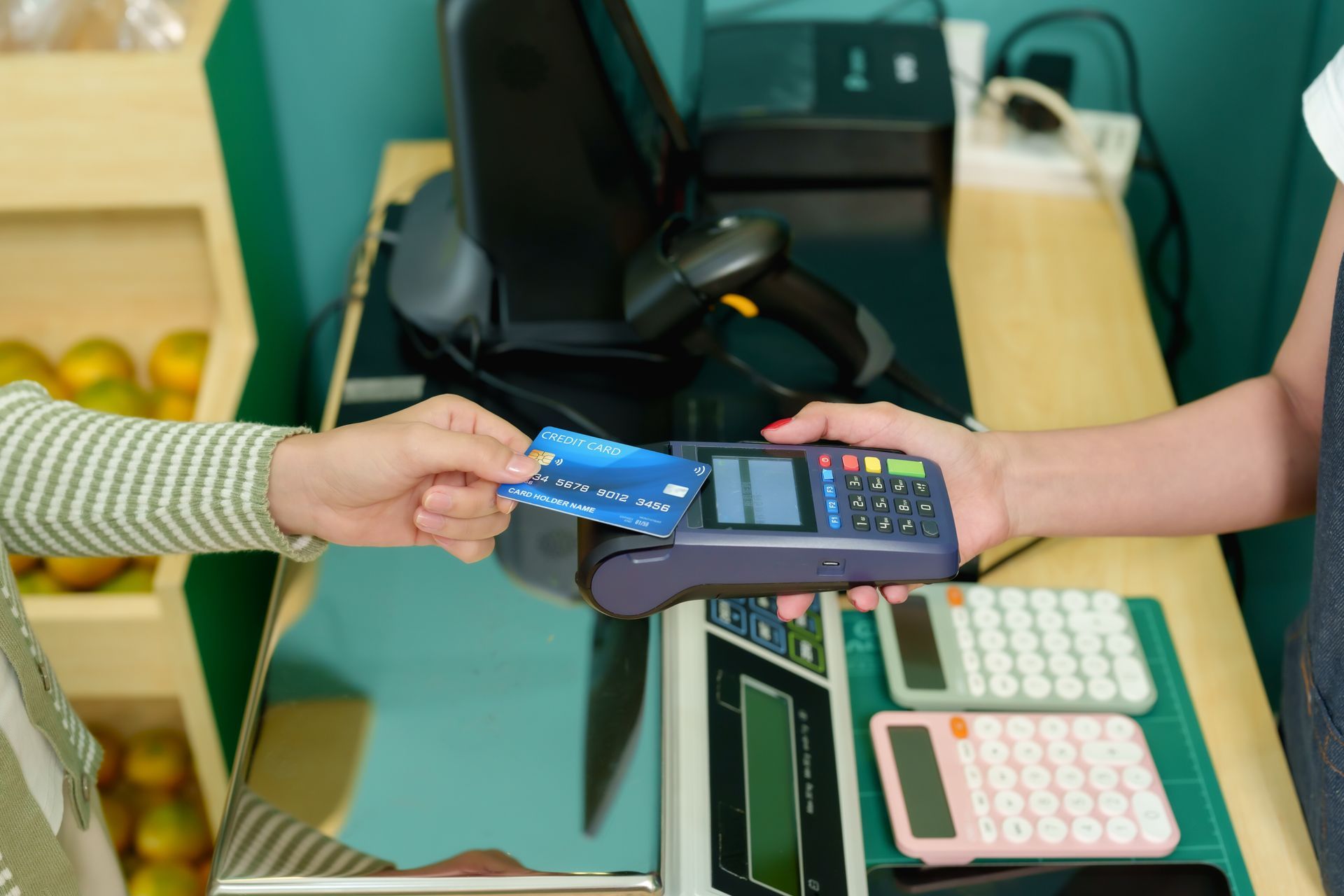How to Create High-Converting Automotive Landing Pages
You work hard creating strong digital marketing campaigns that draw potential customers in and get them to click. But what next?
Getting clicks on your digital ads is a great first step, but clicks alone don’t equal meaningful results for your business. You need those interested customers to take the next step, whether that’s filling out a form, downloading something, or making a purchase. That’s what an automotive landing page is for.
Master high-converting landing pages, from creating compelling headlines to writing calls to action that customers just can’t resist.
What Is a Landing Page?
A landing page is a website page that visitors arrive at after clicking a link in a digital advertisement, typically pay-per-click ads (PPC ads).
For example, say you’re running a marketing campaign through Google Ads for auto repair. An interested customer sees your ad and clicks on it. When they click on the ad, a new page opens. That’s the auto repair landing page.
People only get to landing pages by interacting with ads, so you know that all your landing page website visitors are at least interested in your business. The job of the landing page is to get them to take a specific next step, such as making a purchase, registering for an event, or filling out a lead capture form.
The Anatomy of a High-Converting Automotive Landing Page
Landing pages may seem simple at first glance, but they actually have a lot going on. Many different elements come together to form an effective landing page that persuades customers to take the next step you describe in your call to action.
By thoughtfully crafting and optimizing each element, you can create automotive landing pages that blow customers away and drive real results for your business.
Compelling Headline and Offer
Starting at the top of your landing page, you should have your headline. This is a short statement that matches the ad copy from the digital ad the visitors clicked on to reach the landing page. Clearly state what your business provides or what the visitor can gain by reading more of the content. The headline doesn’t have to be revolutionary, but it should speak to the customer’s needs and draw them in further.
Under the headline, you’ll often find an offer or other supporting copy. Here is where you can provide some extra information to give visitors a full picture.
Clean, Distraction-Free Design
Landing pages need to have one clear focus. You don’t want anything to distract your website visitors from following your call to action, including busy design elements. Stick to a simple color scheme with plenty of white space. Only include text or visual elements that absolutely need to be there. The more straightforward, the better.
Don’t forget to ensure you’re using a mobile-friendly design, too. Users might leave your landing page if they open it on a mobile device and it doesn’t load well. Focus on mobile optimization tactics, such as using a responsive design, enlarging buttons, and selecting fonts that are easy to read.
High-Quality Visuals
Some well-chosen visuals can make your landing more appealing and help hold the users’ attention. Make sure all the visuals you add are high quality. They should be crisp and load quickly. Try to stick to a few impactful visuals instead of bombarding the users with tons of images and graphics.
Trust Signals
Customers who aren’t already familiar with your business want to know whether they can trust you before they take action. Over 80% of customers say they won’t buy from brands they don’t trust. You need to show them why they should trust your business on your landing page. There are a few ways to do that.
One option is to include compelling positive customer reviews. You can also add trust badges that show outside organizations have rated your business highly, such as BBB accreditation.
Clear Call-to-Action (CTA)
The call to action is the star of the landing page. It tells visitors exactly what you want them to do next in clear, straightforward language. Try to keep your CTA to a short phrase — like “book a demo” or “download your copy” — to avoid overwhelming and distracting the customers.
Typically, a landing page CTA is a large button that stands out from the landing page content. You can even include the same CTA in multiple places on the landing page if you think that will make customers more likely to act.
Lead Capture Form
It's possible you’re using your landing page to generate leads instead of direct sales. In this case, direct possible customers to fill out a form in exchange for something, like a free demo or ebook download. That becomes your lead capture form.
Use this form to gather the necessary details about the customer, such as their name and contact information. Try to use as few fields as possible in the form so it’s easy for users to fill out quickly.
Automotive Landing Page Best Practices
When you’re writing and designing your landing page, keep in mind that the page is focused on a single goal: driving conversions. These auto landing page tips and best practices will help you achieve that goal.
- Use High-Converting Copywriting: You should choose every word that you include on your landing page carefully. Each one needs to be part of a strategy to highlight the benefits of your products, overcome any objections the customer has, and tell them exactly what step to take next. That’s how you drive high landing page conversion rates.
- Ensure Mobile-Friendliness: In 2025, the majority of web traffic comes from mobile devices. Make your landing pages mobile-friendly. This makes sure you’re not driving away the customers who use their smartphones or other mobile devices to view them.
- Highlight Value Propositions and Promotions: The landing page is your chance to convince customers why they should buy from your business, so pull out all the stops. Inform them of any promotions you’re running that would make purchasing something more appealing. Emphasize the unique benefits your business offers.
- Strategic Placement of CTAs: The call to action is arguably the most important part of the entire landing page. Make sure you place it somewhere prominent so that customers can’t miss it. Ideally, the CTA button should be visible without any scrolling. But you can also include multiple CTAs if they fit within the rest of your landing page content.
- Psychological Triggers: Leverage psychological triggers like a sense of urgency or exclusivity to motivate customers to take action. Phrases like “Only 10 left” or “Exclusive to X customers” can be persuasive. But don’t be dishonest, or you may lose your customers’ trust and damage your business reputation.
- A/B Testing: Split testing (or A/B testing) is when you create two similar versions of a piece of marketing material, like a landing page, with one key difference between them. For example, you might change the wording of your CTA but keep everything else the same. Then, you show these two versions to sample audiences and see which one performs better. This testing can help you fine tune your landing pages so they drive as many conversions as possible.
Maximize Your Ad Spend With Optimized Landing Pages
You invest a lot in your digital marketing campaigns. To get the most out of your time and money, you need landing pages optimized to drive conversions. Optimize Digital Marketing’s website services can help.
Our experts will design high-converting landing pages for your automotive business that transform your digital marketing results.
Contact us today to start building better landing pages.



